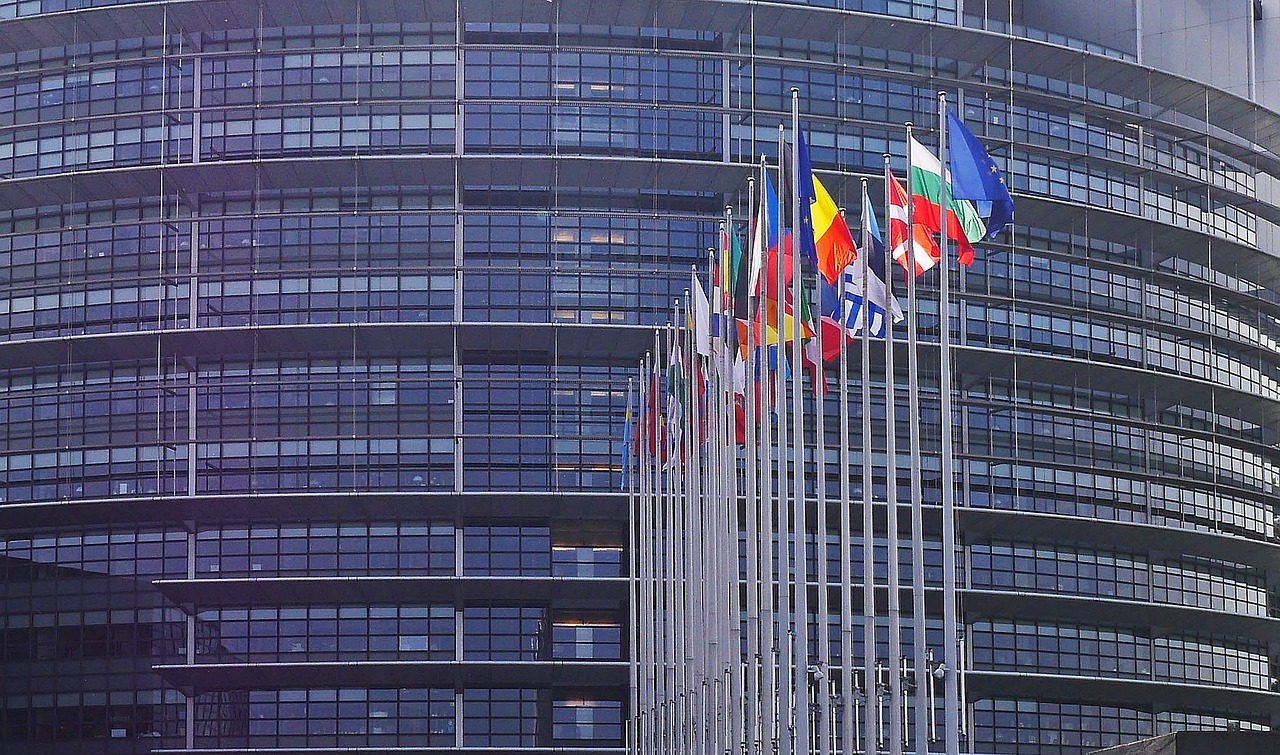Economic forecasts for the upcoming years indicate a varied development dynamic across EU countries. According to the EY European Economic Outlook report, Poland’s GDP growth is expected to reach 3.1% in 2024, 3.6% in 2025, and 2.9% in 2026. This positions Poland as one of the leaders in economic growth, although it faces several challenges. In 2025, the forecasted inflation rate is projected to be 5%, the highest in the EU, influenced in part by the gradual release of frozen energy prices. In comparison, inflation in the eurozone is expected to be 2.3% and 1.7% in 2025 and 2026, respectively.
Factors Supporting Poland’s Economic Growth
Poland’s economy is in relatively good shape, driven by productivity increases and fiscal policies, including enhanced family transfers and military spending. Stable real incomes and rising consumption are propelling GDP growth. National exports are also increasing despite the challenging international situation and high energy prices, which have risen by 68% compared to pre-pandemic levels. This support for productivity growth enhances the country’s competitiveness on the international stage.
Prospects for the Eurozone and Growing Growth Inequality in the EU
The eurozone is experiencing a slower growth rate, estimated at 0.8% in 2024, 1.3% in 2025, and 1.5% in 2026. This is primarily due to the recovery of external demand and exports, which outweigh constraints from fiscal policy. However, significant disparities in development among EU countries exist—southern European nations like Spain and Italy benefit from tourism-driven growth, while Germany and Nordic countries face economic challenges, including declines in the housing market.
Economic Challenges in Germany and Their Impact on the Region
Germany, as the largest economy in Europe, is experiencing notable stagnation. Issues include high energy costs and limited competitiveness in sectors such as pharmaceuticals and tourism. A restrictive fiscal policy, unfavorable demographics, and a collapse in the real estate sector are additional factors contributing to low growth dynamics, which averaged 1.98% EU-wide before the pandemic but currently stands at a mere 0.05%.
Inflation and Monetary Policy in Poland and Europe
In Poland, inflation is expected to remain elevated until 2026, peaking at around 5% in 2025, the highest in the EU. Rapid changes in service and food prices, high wages, and the weakening of the zloty further contribute to inflation. In the eurozone, inflation is projected to reach 2.3% in 2025, then decline to 1.7% in 2026. The National Bank of Poland plans to begin easing monetary policy in 2025 by reducing interest rates by 150 basis points by 2026, aimed at supporting the reduction of inflation.
Challenges and Opportunities for Future Development in Europe
Challenges for the European economy include geopolitical uncertainties, such as the outcomes of the U.S. presidential elections and the situation in Ukraine. Possible escalation of tariffs on imports from the EU and international tensions could negatively impact exports and investments. At the same time, EY forecasts suggest a moderate industrial recovery in Europe and an improvement in consumption.
Source: Manager Plus
